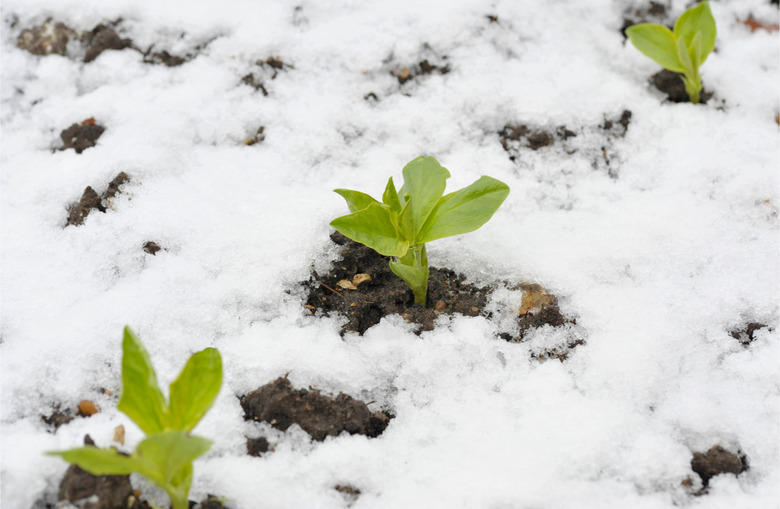Are My Plants Going To Die If They Get Covered In Snow?
One of the worst parts of the cold is that when water is frozen, plants cannot absorb it. Deciduous plants — those that lose all their leaves for part of the year — handle the lack of water by shedding their leaves.
How to Deal With Getting Stranded in Your Car During Winter
But in areas where snow is very common, like the arctic, plants adapt. Trees may start to grow close to the ground, or grow in shapes that help them shed heavy snow more easily. Plants may hold onto dead leaves for insulation or use deep snow like a blanket to protect against the cold. Some evergreens, plants that has leaves throughout the year that are always green, also have a special valve in their cells. This helps seal off frozen cells to prevent a reaction of freezing. There are many ways plants adapt to protect themselves from the snow.
There are also those plants and vegetables that thrive in the snow. Some of the things you can grow in the snow include spinach, kale, parsnips, lettuce, cabbage and chard. Some types of leeks can survive in temperatures as low as zero degrees Fahrenheit.
While snow can help cover plants from predators and severe winds, the weight of it can be problematic, as it can pile up and end up breaking branches. The thawing and refreezing of the plants can also be harmful. It can cause a buildup of ice on plants and trees that can lead to damage. Snow is especially harmful to plants in areas that don't see a lot of it. Here are some hacks for removing ice and snow around your home.
